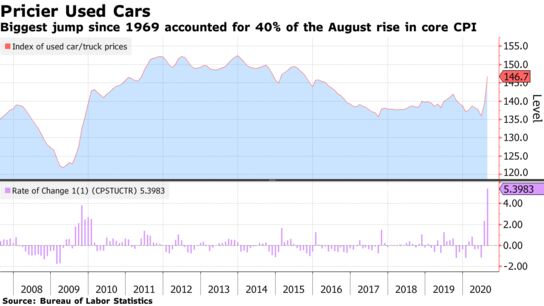He [E.D. Hirsch] cites both history and neuroscience in explaining how education went wrong. It began in the 1940s, when “schools unbolted the desks and kids were no longer facing the teacher.” Instead children were divided into small groups and instructed to complete worksheets independently with occasional input from teachers. “That was also when our verbal test scores went down and the relative ranking of our elementary schools declined on a national level.” On the International Adult Literacy Survey, Americans went from being No. 1 for children who were educated in the 1950s to fifth for those in the ’70s and 14th in the ’90s. And things have only gotten worse. Between 2002 and 2015, American schoolchildren went from a ranking of 15th to 24th in reading on the Program for International Student Assessment. [Emphasis added.]
The problem runs deeper than the style of instruction, Mr. Hirsch says. It’s the concept at its root—“child-centered classrooms,” the notion that “education is partly a matter of drawing out a child’s inborn nature.” Mr. Hirsch says emphatically that a child’s mind is “a blank slate.” On this point he agrees with John Locke and disagrees with Jean-Jacques Rousseau, who thought children’s need to develop according to their nature. Both philosophers make the “Cultural Literacy” list, but “Locke has to make a comeback” among educators, Mr. Hirsch says. “The culture is up for grabs, and elementary schools are the culture makers.”
Mr. Hirsch is a man of the left—he has said he is “practically a socialist.” But he bristles at the idea that kids should read only books by people who look like them or live like them. He recalls how reading outside his own experience enabled him “to gain perspective.”
Correcting misconceptions about markets, economics, asset prices, derivatives, equities, debt and finance
Saturday, September 12, 2020
Teaching Changes And The Decline Of Americans International Ranking In Adult Literacy And Student Reading Assessment From 1950s To 2015
Posted By Milton Recht
From The Wall Street Journal, "Bad Teaching Is Tearing America Apart: Education’s dumbing down frays the bonds of citizenship and is hardest on the poor, says E.D. Hirsch, the man who wrote the book on cultural literacy." by Naomi Schaefer Riley:
Friday, September 11, 2020
Biggest Jump In Used Car/Truck Prices Since 1969
Posted By Milton Recht
From Bloomberg, Economics, "U.S. Inflation Quickened in August on Sharp Gain in Used Cars" by Reade Pickert:
U.S. inflation quickened in August, driven by the sharpest monthly gain in used-vehicle costs since 1969 and consistent with a gradual pickup in prices as the economy recovers from the pandemic-induced downturn.*** Excluding volatile food and fuel costs, the so-called core CPI -- viewed by policy makers as a more reliable gauge of price trends -- also increased 0.4% from the prior month after a 0.6% jump in July that was the largest in almost three decades. A 5.4% surge in the cost of used cars and trucks accounted for more than 40% of the gain in the core index. On an annual basis, core inflation measured 1.7% following 1.6% in July.[Emphasis added.]
Monday, September 7, 2020
Competitive Closings Of Least Productive Firms Raises US Productivity Average
Posted By Milton Recht
My published comment to The Wall Street Journal article, "Rising Education Levels Provide Diminishing Economic Boost: Share of workers with college degrees has kept growing, but productivity gains have been tepid" by Josh Mitchell:
US productivity statistics are an average of the economy. Competitive closings of the least productive firms raises the US productivity average. The firms that remain in business do not need to become more productive for US productivity to rise. As long as the least productive firms that are closing on average have lower productivity than the average of the firms that remain, whether or not the remaining firms increase productivity, the economy wide productivity numbers will show an increase. The change in US productivity represents additive factors: the effect of low productivity firms closing, the effect of remaining firms that do not increase productivity but have a higher productivity than the closing firms, and the effect of firms that can increase the productivity of their output. When there are fewer low productivity firms in the economy and more higher productivity firms surviving, average US productivity will not show historical large productivity increases.
Subscribe to:
Comments (Atom)
